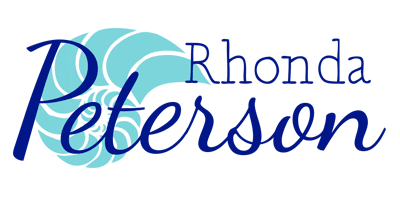Leading a company wasn’t modeled for most of us. We started our company to serve customers, not lead a team of people. We weren’t taught how to take authority and confidently set the path forward. We didn’t learn how to manage our physical presence and thinking when we’re at the table with high level leaders.
Technical skills and smarts are not enough to make you the best possible leader of your business. Likewise, it’s not enough to earn you a C-Suite position at a company. Senior executives said executive presence makes up 26% of what it takes to be promoted in a study conducted by the Center for Talent Innovation, and the vast majority were unsure how to build on this leadership behavior.
If you don’t have experience working with other leaders, how do you know when to speak and what to say? How do you learn the unwritten rules that govern the interactions of those at the top? How do you show up as the leader of your team?
What is executive presence?
In an article for Harvard Business Review, John Beeson describes executive presence as “your ability to project mature self-confidence, a sense that you can take control of difficult, unpredictable situations, make tough decisions in a timely way and hold your own with other talented and strong-willed members of the executive team.”
Executive presence requires humility as much as gravitas. Really, they are intertwined. I use a definition of humility that I learned from Rev. Dr. Art Haimerl, which is quiet awareness of self. Quiet doesn't mean you don't speak. Quiet means you know when to speak, when to hold back and when to allow other people to speak. Humility plays an important role in understanding your gravitas, the weight of who you are and what you bring to the table. Executive presence is knowing what to say, when to say it and how to say it so that you can be heard at the table.
How do you embody executive presence?
Executive presence is much more than how you speak. It’s intuitive and multi-faceted. It’s demonstrated in how you carry yourself and dress, in the places you insert yourself and where you go. The most practical way to start practicing your executive presence is with self-reflection. Debrief after meetings and reflect on what you feel good about and what you wish you would have done differently. You’ll start to understand yourself and your strengths better, as well as where you need to do a little work. Take that growth further with the following tips:
- Know your style. Your executive presence is influenced by your style of doing things. Do you jump in with both feet when decisions need to be made? Do you wait until you have all the information? There are pitfalls with both these styles. When you’re quick to jump in on making a call, an unknown factor may interfere with your anticipated outcome. On the other hand, you’re never going to have all the information and you may fall victim to analysis paralysis. When you know your style, you can compensate for the pitfalls.
- Develop safe relationships where you can obtain trusted, honest feedback. The keyword here is honest because you don’t want somebody who is only going to praise you. When you debrief with another person that you can trust to be honest, they can help you reflect on interactions and give you valuable feedback on how you speak and carry yourself.
- Trust your intuition. Recognize that your role requires you to provide leadership and know how and when to give it. You need to know when it's time for you to speak and when you need to allow your team to speak first.
Why does executive presence matter?
Setting the tone and charting the course is a key responsibility of a business owner. It’s critical to communicate your leadership through your actions, to project confidence and gain the confidence of those you’re leading and those you lead with. If you're wishy-washy and tentative, you’ll just confuse the daylights out of your team. Other people will step in and set the direction and it probably won’t be where you want to go. That is a dangerous scenario for your business.
Developing executive presence is not only possible, it’s an effective strategy to enhance your professional reputation and lead your organization into the future. Discovering who you are as a leader is central to my coaching. We start with self-assessments and use those insights to plan a path forward. We identify your style and your pitfalls so you can bring your team around you and empower them to handle those things that are not your strengths. Because you're the face of your organization, not the back of it. To explore coaching with me, schedule a 30-minute coaching discovery consultation.

